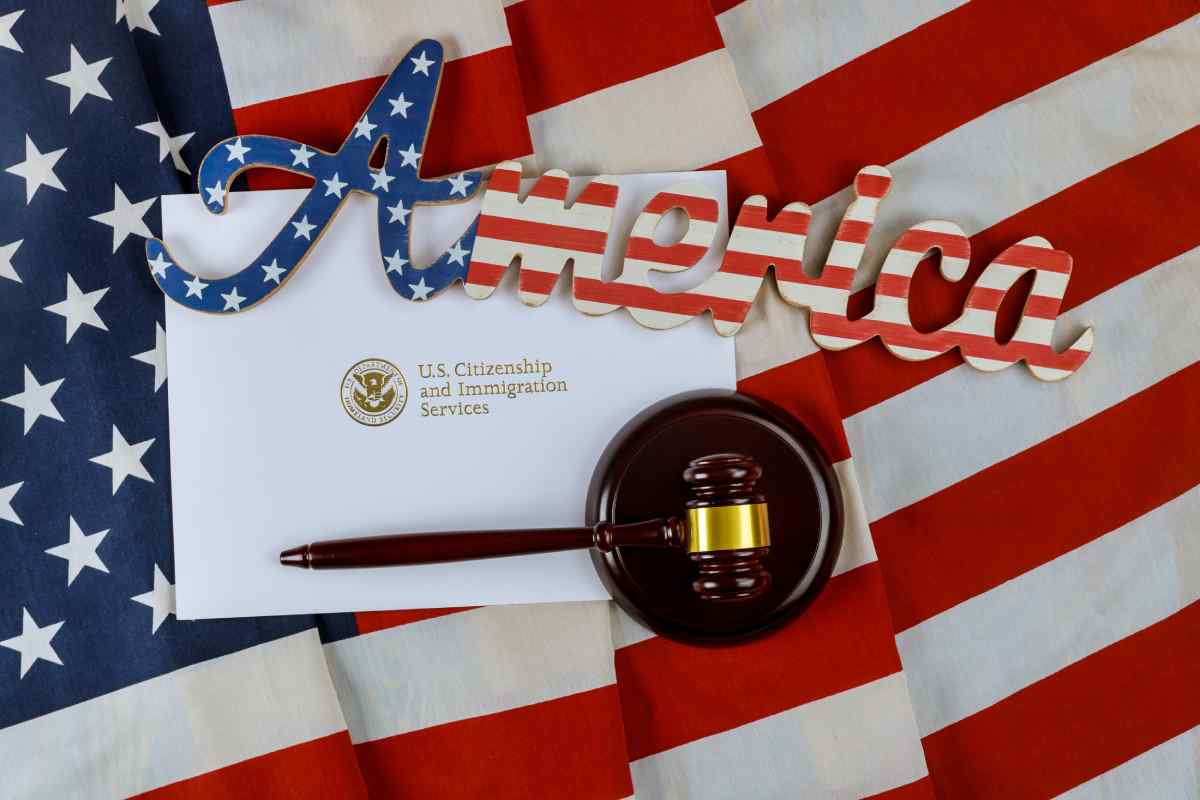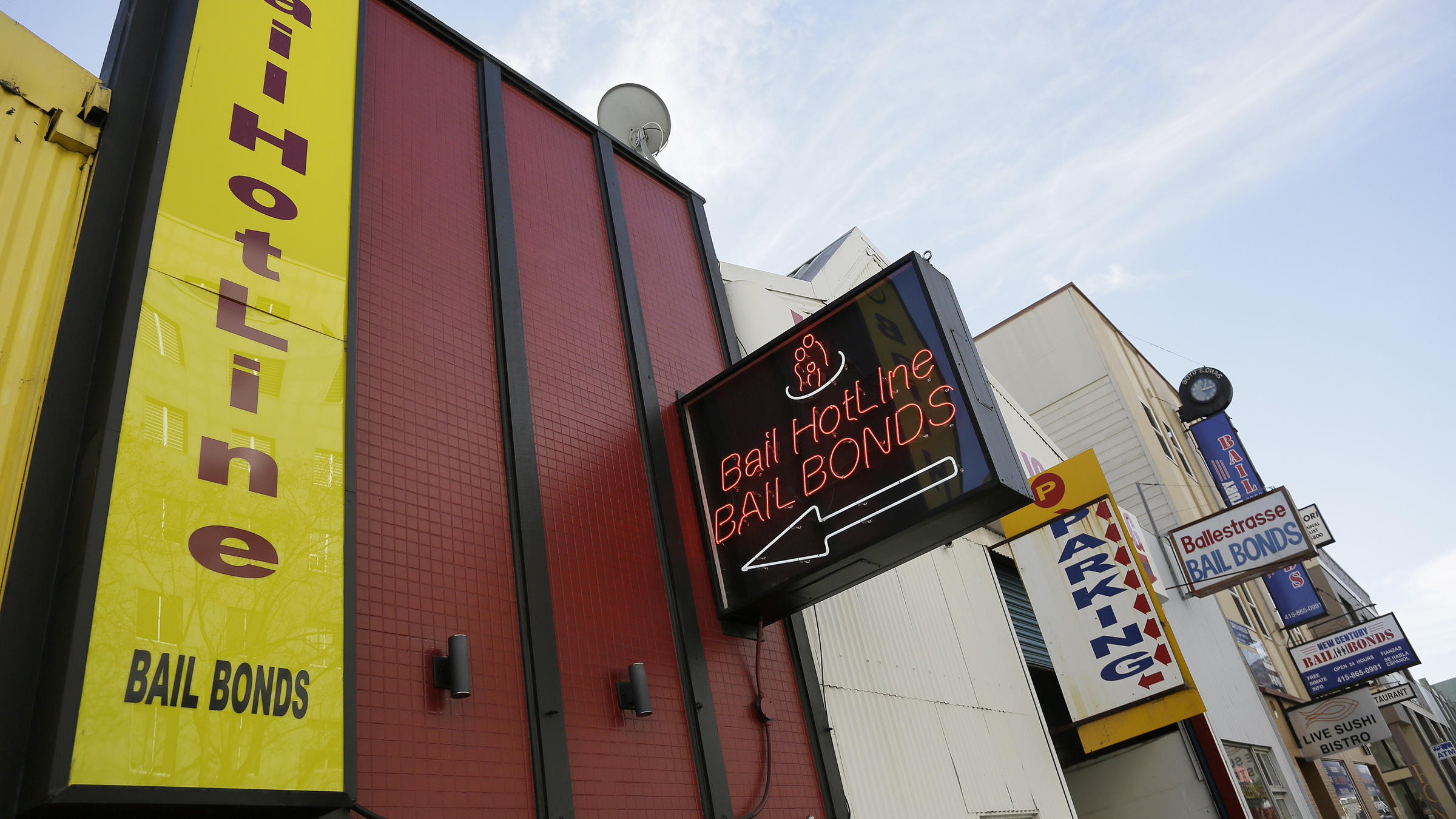
Understanding immigration law can be quite challenging, especially when it comes to the less explored area of immigration bonds. One aspect that often leaves people puzzled is what happens when an immigration bond is canceled.
Look here for bail how-to-guides and bail bond news.

Understanding immigration law can be quite challenging, especially when it comes to the less explored area of immigration bonds. One aspect that often leaves people puzzled is what happens when an immigration bond is canceled.

Having a loved one or family member in a detention center can be a harrowing process. The intricate details can overwhelm you when all you want to do is help. This blog will explain what it means to be an immigration bond sponsor, outline the eligibility requirements, and discuss immigration bond sponsor responsibilities.

When any person in the United States, they have the right to be considered innocent until proven guilty. Why should any person who may be innocent have to remain behind bars for an extended period of time? Continue reading
Co-workers from across the state participated in sales training and teambuilding exercises that cumulate in several teams building the bikes for kids in need.
The easiest way to bail someone out of jail is with cash, though this doesn’t always work and leads us to the topic of discussion: bail bond collateral. In most cases, a surety bond is the way to go when bailing someone out of jail. A surety bond is when you pay 10 percent of the bond amount to the bond agency (also called a “premium”) and the agency’s insurance company backs the rest. When you buy a surety bond, you also have to have enough collateral to make up for the other 90 percent of the bond in case the accused skips out on a court date.

Bail bonds and the prohibition against being held without excessive bail is one our Fundamental Constitutional Rights, and something we need to take seriously. There are many different aspects to bail, today we will take you through the consequences of “failing to appear”, “FTA”, “breaking a bond” or missing a court date.
Bail bonds are a tricky business. Most people don’t know how they work, how to get one, or even how much they cost. Today, we will discuss one important component of bail bonds: Co-signing. By the end of this post, you should know everything you need to know about setting up and becoming liable for a bail bond.
Bail bonds exist for one reason: To get people out of jail. The bail amount is set rather high for multiple reasons, though, which can put a lot of financial pressure on the person bailing someone out (the guarantor). As a guarantor, you will have certain responsibilities to make sure the accused does not miss the court date which, in most cases, will cause your collateral to be surrendered.
We have all heard about bail bonds from cop shows and movies, but how many of us have actually taken out a bail bond to get someone out of jail? That said, how much does bail actually cost?

Bail Hotline Bail Bonds pays a $1.2M forfeiture to the County of Los Angeles. The large payment must be made because a defendant failed to appear in court to face pending criminal charges.
After an exhaustive and unfruitful search for a defendant, Bail Hotline Bail Bonds has been ordered to pay Los Angeles County $1,240,000. When a Bail Bond company posts a bond for a defendant, that defendant is released into the custody of the agency—they take responsibility for presenting the defendant in court to face charges. “This is the largest forfeiture we have had to pay,” explained Daniel McGuire, CEO of Bail Hotline Bail Bonds. “Although the deadline for presenting the defendant to court has elapsed, our recovery partners will continue to search for Mr. Oscar Grijalva”
“Of course, paying the $1.2Million is going to sting, but it is part of the business. We conduct our due diligence, weigh the risks, and make our decisions on a case-by-case basis,” stated Pablo Fonseca, a director at Bail Hotline Bail Bonds. “Most of our clients are hard working people who made a mistake and need to be released to make it to work in the morning. Fewer than 10% of our clients fail to appear in court, and over half of those make later appearances and close their cases.”
In fact, a Department of Justice report published in 2007 stated that defendants released on their own recognizance failed to appear in court 26% of the time, versus 18% who are released and supervised by a bail bond company. Besides offering the county a lower number of FTA’s (failing to appear), bail bond companies bear all of the expense of monitoring and presenting the defendants to trial.
“Bail bond services are probably the most misunderstood portion of our legal system”, Mr McGuire continues. “We are a private company that serve over a thousand defendants in just about every county in California. We help get them back to their families, their jobs, and their attorney so that they may prepare for their trials. We bear the cost and responsibility of supervising these defendants, making sure they appear in court; and when they don’t appear, we pay the cost to get them back to court.”
About Bail Hotline Bail Bonds
With over 28 offices throughout all of California, Bail Hotline Bail Bonds offers thorough and quality assistance to individuals and families 24 hours a day, seven days a week. A family-owned and operated business, Bail Hotline strives to provide the best bail services in both minor and severe situations. If you cannot make it to one the bail bond offices, Bail Hotline’s mobile service can assist you. Call 1-888-958-1228 or fill out our form for more information.
To find a Bail Hotline Bail Bonds location nearest you, visit https://libertyimmigration.com.